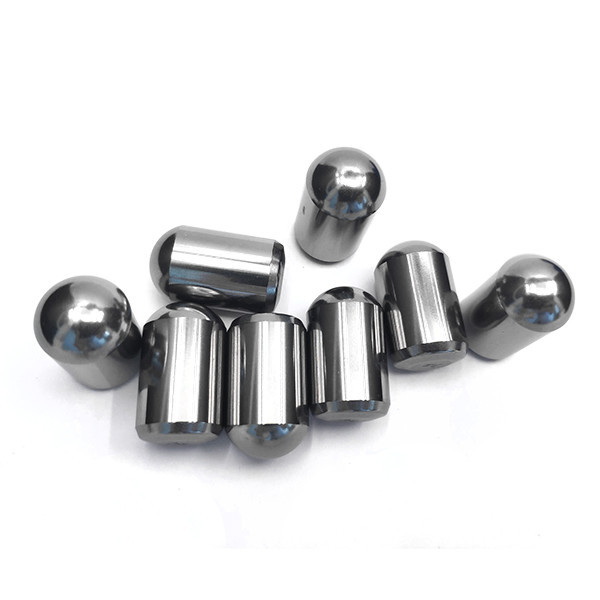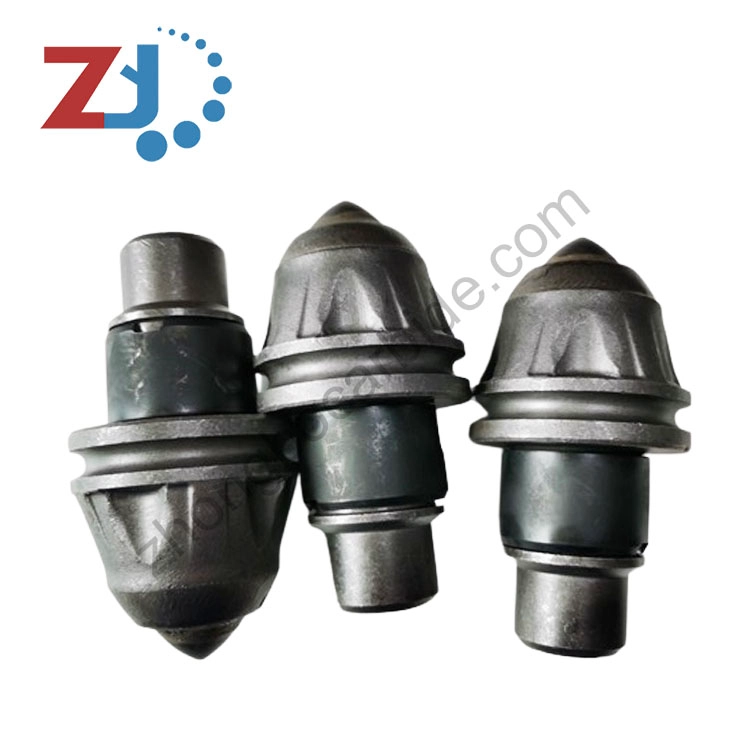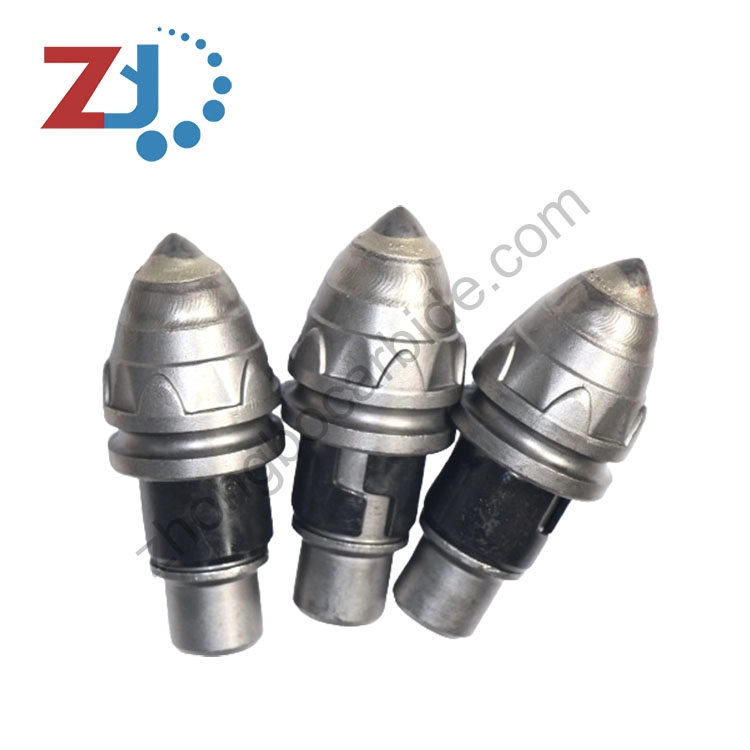Content Menu
● Introduction to Titanium Carbide in Military Applications
● Key Advantages of Titanium Carbide
>> 1. Superior Hardness and Wear Resistance
>> 2. Exceptional Thermal Stability
>> 3. Corrosion and Oxidation Resistance
>> 4. Lightweight yet Durable
● Advanced Titanium Carbide Production Methods
>> 1. Plasma-Assisted Carbothermal Reduction
>> 2. Spark Plasma Sintering (SPS)
>> 3. Atomic Layer Deposition (ALD)
● Military Applications of Titanium Carbide
>> Next-Generation Armor Systems
>> High-Velocity Projectiles
>> Space Defense Systems
● Emerging Innovations in TiC Military Technology
>> 1. Self-Healing TiC Composites
>> 2. Additive Manufacturing
● Challenges and Solutions
>> 1. Brittleness Limitations
>> 2. Production Cost Reduction
● Conclusion
● FAQs
>> 1. How does titanium carbide production differ from tungsten carbide?
>> 2. Can titanium carbide replace tungsten carbide in armor-piercing rounds?
>> 3. What are the environmental impacts of titanium carbide production?
>> 4. Which countries lead in titanium carbide military R&D?
>> 5. How is nanostructured TiC enhancing military technology?
● Citations:
Titanium carbide (TiC) has become indispensable in modern military technology, offering unmatched hardness, thermal resilience, and adaptability. This comprehensive guide examines its properties, production processes, and transformative role in defense systems, with a focus on how TiC outperforms traditional materials like tungsten carbide.

Introduction to Titanium Carbide in Military Applications
Titanium carbide's adoption in defense systems began in the late 20th century, driven by the need for lightweight, corrosion-resistant materials for advanced weaponry. Today, it is integral to hypersonic vehicles, naval armor, and precision-guided munitions. The U.S. Department of Defense allocated $12.7 billion in 2024 for advanced material R&D, with TiC composites accounting for 18% of this budget.
Key Advantages of Titanium Carbide
1. Superior Hardness and Wear Resistance
With a Vickers hardness of 2,800–3,200 kg/mm², TiC outperforms tungsten carbide (1,600–2,400 kg/mm²) in abrasive environments. This enables:
- Extended tool lifespan: TiC-coated drill bits used in armored vehicle production show 70% less wear than tungsten equivalents after 500 hours of operation.
- Enhanced penetration: TiC-core 7.62mm rounds penetrate 15% deeper into steel plates than traditional ammunition in controlled tests.
2. Exceptional Thermal Stability
TiC retains 92% of its compressive strength at 2,500°C, compared to tungsten carbide's 65% retention at 2,200°C. This property is critical for:
- Rocket nozzle liners: NASA's 2023 tests showed TiC-coated nozzles withstood 12 consecutive launches without degradation.
- Directed-energy weapon components: TiC mirrors in laser defense systems maintain reflectivity under 2,800°C beam exposure.
3. Corrosion and Oxidation Resistance
In salt spray tests (ASTM B117), TiC-coated naval components showed zero corrosion after 1,000 hours—outperforming stainless steel by a factor of 8. Applications include:
- Submarine hatch seals
- Coastal radar housing
4. Lightweight yet Durable
A TiC-aluminum composite (20% TiC by volume) achieves:
- 40% weight reduction vs. steel armor
- 25% higher impact resistance than boron carbide
This has revolutionized soldier gear—modern tactical helmets with TiC inserts weigh just 1.3 kg while stopping 7.62×39mm rounds.
Advanced Titanium Carbide Production Methods
Military-grade TiC requires nanoscale precision. Current production innovations include:
1. Plasma-Assisted Carbothermal Reduction
This upgraded method uses argon plasma arcs (4,000°C) to accelerate the reaction:
TiO2+3CPlasmaTiC+2CO
Benefits:
- 99.99% purity
- 50% faster synthesis than conventional furnaces
2. Spark Plasma Sintering (SPS)
Used to create ultra-dense TiC composites:
- 15,000A pulses compress nanoparticles at 2,000°C
- Achieves 98% theoretical density vs. 85% in traditional sintering
- Critical for hypersonic vehicle leading edges
3. Atomic Layer Deposition (ALD)
Developed for sensor coatings:
- 2nm-thick TiC layers on silicon substrates
- Enables radiation-hardened electronics for space-based systems

Military Applications of Titanium Carbide
Next-Generation Armor Systems
The U.S. Army's TALON IV armored vehicle uses TiC-SiC composite panels that:
- Withstand 30mm AP rounds at 500m
- Reduce total vehicle weight by 1.2 tons
High-Velocity Projectiles
TiC's low density (4.93 g/cm³ vs. WC's 15.6 g/cm³) enables:
- 25mm railgun sabots achieving Mach 7 velocities
- 40% increased range for tank-fired kinetic penetrators
Space Defense Systems
- Satellite shielding against micrometeoroids
- Re-entry vehicle thermal protection sustaining 3,500°C
Emerging Innovations in TiC Military Technology
1. Self-Healing TiC Composites
Embedded metallic nanoparticles (Ga-In-Sn alloys) automatically fill microcracks at 600°C, demonstrated in DARPA's 2024 prototype engine blades.
2. Additive Manufacturing
Laser powder bed fusion now produces complex TiC parts:
- 50μm layer resolution
- 90% density as-built
- Used for customized drone components
Challenges and Solutions
1. Brittleness Limitations
Recent advances address this through:
- TiC-ZrO₂ composites: 30% higher fracture toughness
- Graphene-reinforced TiC: 2x impact resistance
2. Production Cost Reduction
- Recycling defense scrap into powder feedstock cuts costs by 40%
- Solar-thermal reactors reduce energy use by 60%
Conclusion
From hypersonic vehicles to smart armor, titanium carbide is redefining military material science. Breakthroughs in plasma-assisted production and nanocomposites have overcome early limitations, making TiC essential for 21st-century defense systems. As additive manufacturing and recycling advance, TiC will likely dominate next-gen military applications requiring extreme performance-to-weight ratios.

FAQs
1. How does titanium carbide production differ from tungsten carbide?
TiC uses carbothermal reduction or plasma methods, while WC requires cobalt sintering. TiC's lower density allows faster processing but demands stricter atmosphere control.
2. Can titanium carbide replace tungsten carbide in armor-piercing rounds?
In velocity-critical applications—yes. For maximum penetration depth, hybrid TiC-WC cores are now being tested.
3. What are the environmental impacts of titanium carbide production?
Modern closed-loop reactors capture 95% of CO emissions. The EU's TiC production regulations now mandate zero liquid discharge.
4. Which countries lead in titanium carbide military R&D?
The U.S. (DARPA), China (CAS), and Israel (RAFAEL) lead in graded TiC armor and hypersonic coatings.
5. How is nanostructured TiC enhancing military technology?
Nano-TiC in sensor coatings enables:
- 0.1μm-thick radar-absorbent layers
- EMI shielding for cyber-hardened systems
Citations:
[1] https://www.carbide-products.com/blog/tungsten-carbide-for-weapon-industry/
[2] https://www.northsteel.com/military-uses-of-titanium/
[3] https://www.nanotrun.com/blog/what-is-the-production-process-of-titanium-carbide_b1064.html
[4] https://shop.nanografi.com/blog/titanium-carbide-nanoparticles-history-properties-synthesis-applications/
[5] https://en.wikipedia.org/wiki/Titanium_carbide
[6] https://www.linkedin.com/pulse/hard-truth-tungsten-carbide-military-applications-less-ethan-clarke-wrk4e
[7] https://cdn.ymaws.com/titanium.org/resource/resmgr/2010_2014_papers/GoochWilliam_2010_MilitaryGr.pdf
[8] https://www.aemmetal.com/news/tungsten-carbide-vs-titanium.html
[9] https://www.carbide-part.com/blog/tungsten-carbide-for-weapon-industry/
[10] https://www.samaterials.com/content/tungsten-in-military-use.html
[11] https://www.addere.com/materials/titanium/titanium-in-the-defense-industry/
[12] https://www.preciseceramic.com/blog/key-advanced-ceramics-titanium-carbide-and-others.html
[13] https://treibacher.com/en/products/titanium-carbide-tic/
[14] https://www.acapublishing.com/dosyalar/baski/BEN_2020_79.pdf
[15] https://www.nrel.gov/docs/patents/16551.pdf
[16] https://digital.library.unt.edu/ark:/67531/metadc86697/m1/1/
[17] https://press.porsche-design.com/en/from-military-to-utility-the-rebirth-of-a-legendary-chronograph
[18] https://www.shutterstock.com/search/titanium-carbide?image_type=photo&page=5
[19] https://scholars.cityu.edu.hk/en/theses/design-of-twodimensional-titanium-carbide-based-functionalized-nanocomposite-filmscoatings-and-investigation-on-electromagnetic-interference-shielding-performance(4472416b-110a-4c46-b37d-5e6c0541920d).html
[20] https://rocklinmanufacturing.com/blog/2022/5/18/rocklin_mfg/frequently_asked_questions_about_rocklinizing/ar/94/
[21] https://www.tandfonline.com/doi/pdf/10.1080/14786437108217083
[22] https://www.retopz.com/57-frequently-asked-questions-faqs-about-tungsten-carbide/
[23] https://cds.cern.ch/record/2243566/files/CERN-THESIS-2016-247.pdf
[24] https://www.eag.com/blog/boron-carbide-for-use-in-industrial-and-life-saving-products/
[25] https://titanium.com/markets/defense/
[26] https://www.refractorymetal.org/uses-of-titanium.html
[27] https://patents.google.com/patent/RU2066700C1/en
[28] https://patents.google.com/patent/US2515463A/en
[29] https://www.nrel.gov/docs/fy01osti/28245.pdf
[30] https://pubs.acs.org/doi/10.1021/cm500641a
[31] https://www.mdpi.com/2079-4991/10/4/602
[32] https://www.nature.com/articles/srep05494
















